Emergency Preparedness for Natural Disasters: First Aid Tips
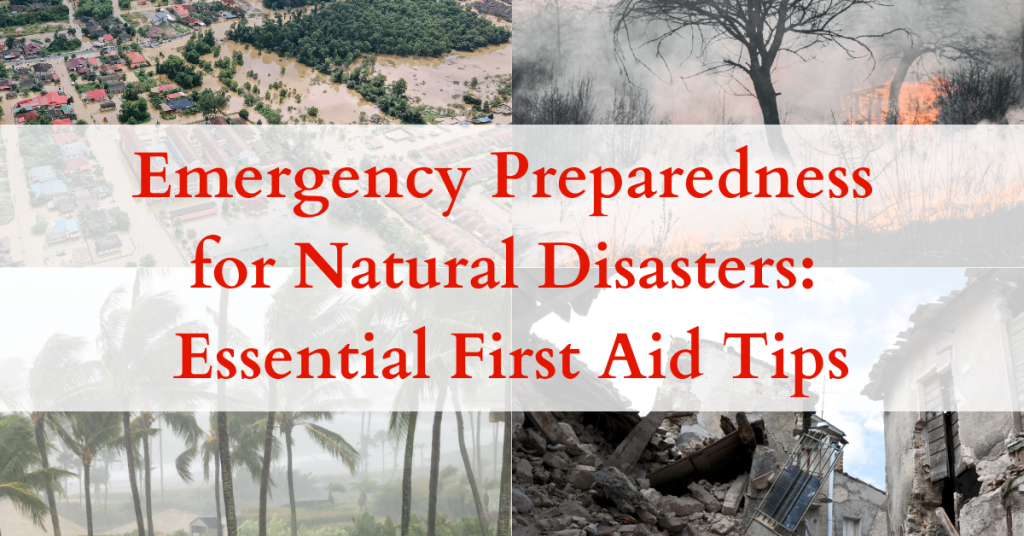
The importance of emergency preparedness cannot be stressed enough. Being prepared for any unexpected catastrophe, be it a natural disaster or a man-made event, is vital in ensuring the safety and well-being of individuals and communities.
A proactive approach can significantly reduce the risk of injury, loss of property, and even death. In recent years, the frequency and severity of natural disasters worldwide have shown an alarming increase.
According to the United Nations Office for Disaster Risk Reduction, over the past decade, natural disasters have affected approximately 1.7 billion people and resulted in over 700,000 deaths. These staggering statistics underscore the urgency of equipping ourselves with knowledge, resources, and plans to navigate these unforeseen events effectively.
Understanding the Basics of First Aid
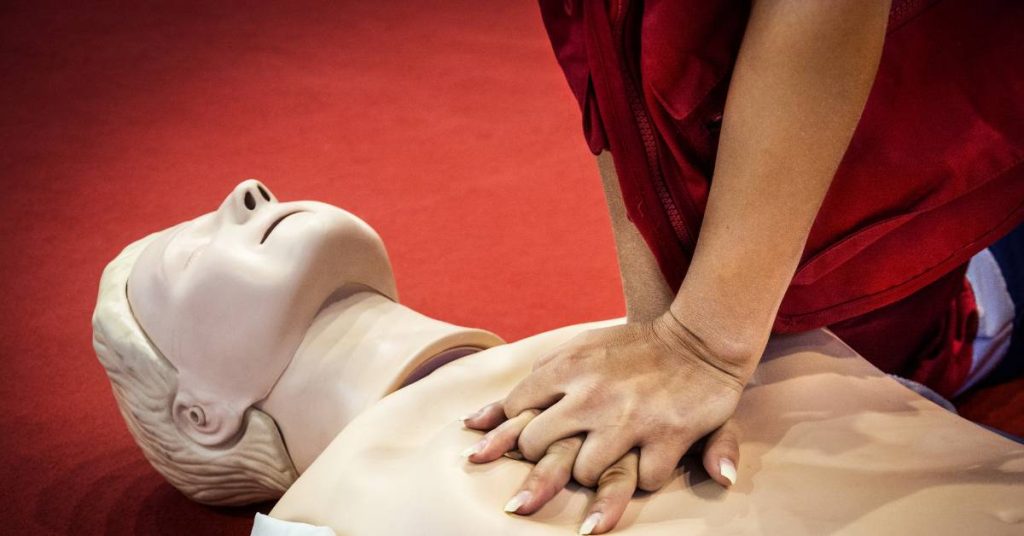
First aid is an essential skill set that can make a difference between life and death in many emergency situations.
First aid refers to the immediate care provided to someone who is injured or suddenly falls ill before professional medical assistance arrives. It doesn’t necessarily require vast medical knowledge but hinges on basic techniques and principles that can be life-saving.
The primary objectives of first aid can be distilled into three main points:
- to preserve life by keeping the patient alive and stabilizing their condition;
- to prevent further injury by safeguarding them from any additional harm;
- and to promote recovery by providing initial care and easing discomfort or pain.
Through understanding and applying these principles, even untrained individuals can make an important decisions in critical moments.
Preparing a First Aid Kit for Natural Disasters
List of essential items:
- Adhesive bandages
- Antiseptic wipes
- Tweezers
- Sterile gauze pads
- Adhesive tape
- Scissors
- Pain relievers
- Thermometer
- Burn cream or aloe vera gel
- Antibiotic ointment
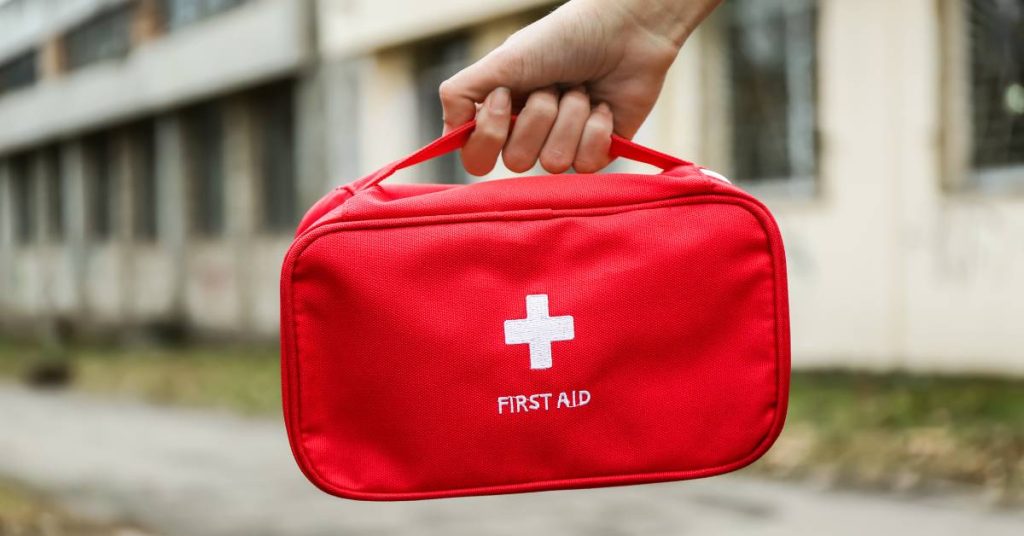
Maintaining and Accessing Your First Aid Kit Effectively
A first aid kit, no matter how well-equipped, loses its value if the items within are outdated or if the kit itself is not easily accessible during emergencies.
It’s necessary to periodically check the expiration dates of all medical supplies and medications stored within. Expired items can lose their effectiveness or, in some cases, even become harmful. Regular checks, at least semi-annually, ensure that your supplies are always in optimal condition and ready for use.
Additionally, the storage of your first aid kit is also important. It should be stored in a known, easily accessible location, free from sunlight and obstructions.
In emergencies, seconds matter, so having your kit in a readily available spot can expedite response times and potentially mitigate severe outcomes.
First Aid Tips for Specific Types of Natural Disasters
Earthquakes:
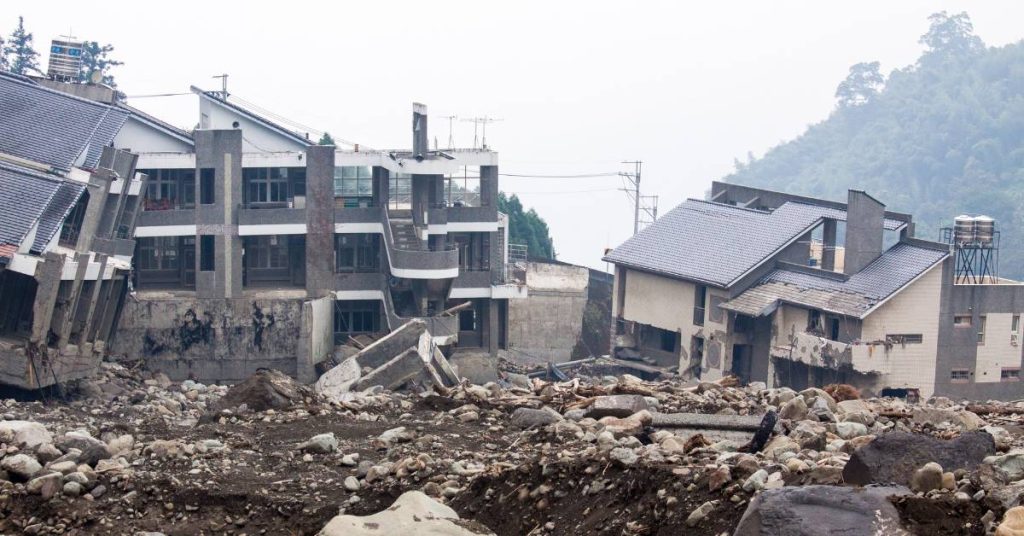
During an earthquake, understanding the right first aid measures can be crucial to minimize injuries and ensure safety.
When the earth starts shaking, the immediate response should be to “Drop, Cover, and Hold On.” Dropping to the ground prevents being knocked over, covering beneath a sturdy piece of furniture or using your arms to shield your head and neck can protect you from flying and falling debris, and holding on keeps you in place until the shaking stops. Once the tremors subside, promptly check yourself and others for injuries.
Earthquakes can result in various injuries, including cuts, bruises, and broken bones. For cuts, clean the wound with clean water, apply an antibiotic ointment, and bandage. Bruises can be alleviated with a cold compress, while broken bones should be immobilized and the individual should seek medical attention immediately.
Preparedness during the quake and prompt first aid post-quake can drastically reduce the severity of injuries and improve recovery outcomes.
Hurricanes, Typhoons, and Cyclones
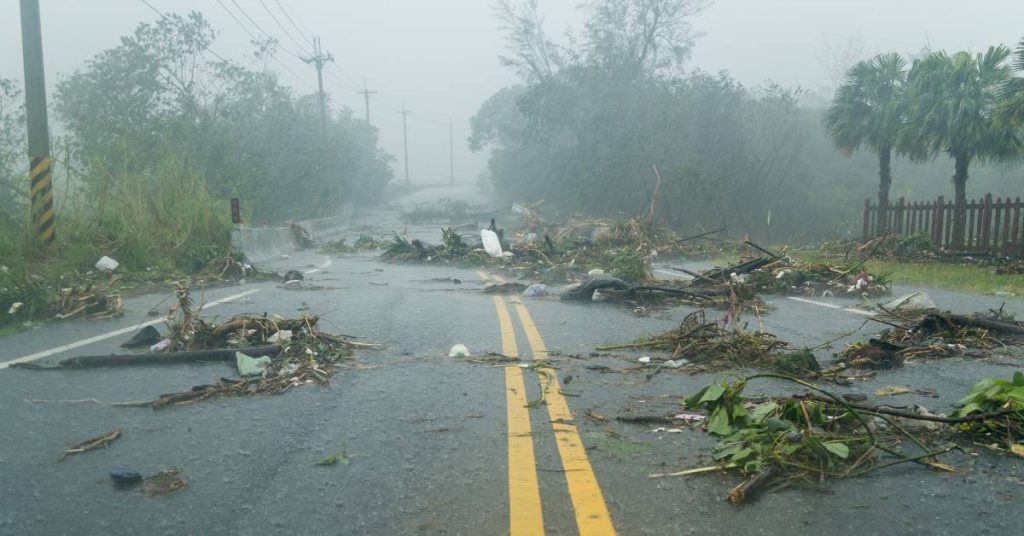
Hurricanes, typhoons, and cyclones come with violent winds that turn ordinary items into perilous projectiles. Protecting oneself from flying debris is crucial.
This can be achieved by staying away from windows, seeking shelter in a safe room or place, and using mattresses or heavy blankets as barriers. If someone sustain deep cuts or puncture wounds from debris, it’s important to control the bleeding first with firm pressure using a clean cloth or bandage. Once the bleeding is managed, clean the wound with clean water and seek professional medical attention as deep wounds might require stitches.
Tornadoes

The ferocity of tornadoes can turn even the most stable structures into ruins. The most common injuries during tornadoes are head injuries due to falling or flying debris. Wearing a helmet or using thick padding to protect the head can be a life-saving decision.
After the tornado has passed, administer first aid only once you’ve ascertained a safe location, away from potential gas leaks or unstable structures. Clean and dress wounds, and always prioritise getting professional medical help for severe injuries.
Floods
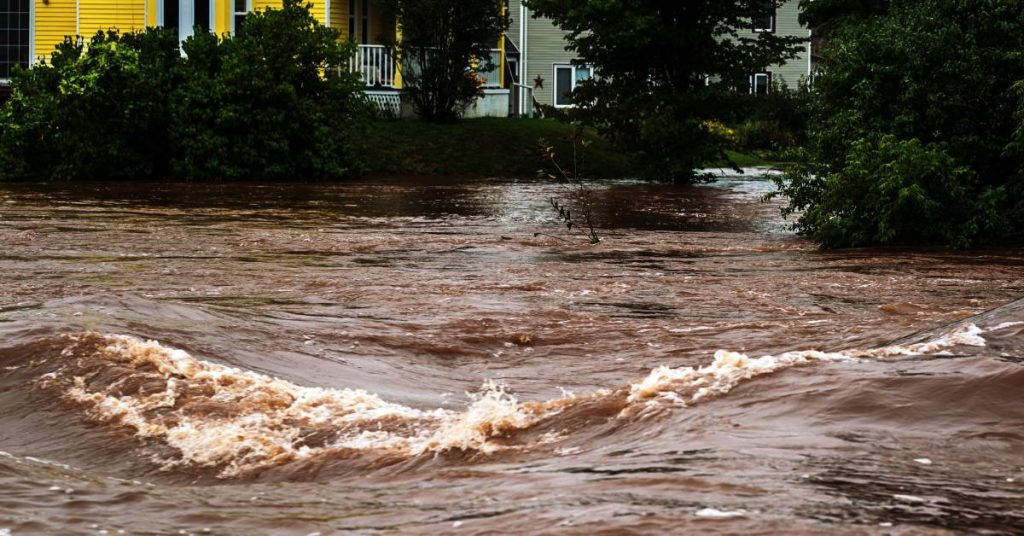
Floods are more than just water; they often carry contaminants and debris. If someone gets injured during a flood, there’s a heightened risk of the wound getting infected due to contaminated water. Cleaning wounds thoroughly with disinfected or boiled-then-cooled water is crucial.
Moreover, prolonged exposure to cold floodwaters can lead to hypothermia. Signs include shivering, confusion, and loss of coordination. To treat hypothermia, move the individual to a dry and warm location, remove wet clothing, and wrap them in warm blankets. Warm, non-alcoholic, non-caffeinated beverages can help raise the body temperature.
Wildfires
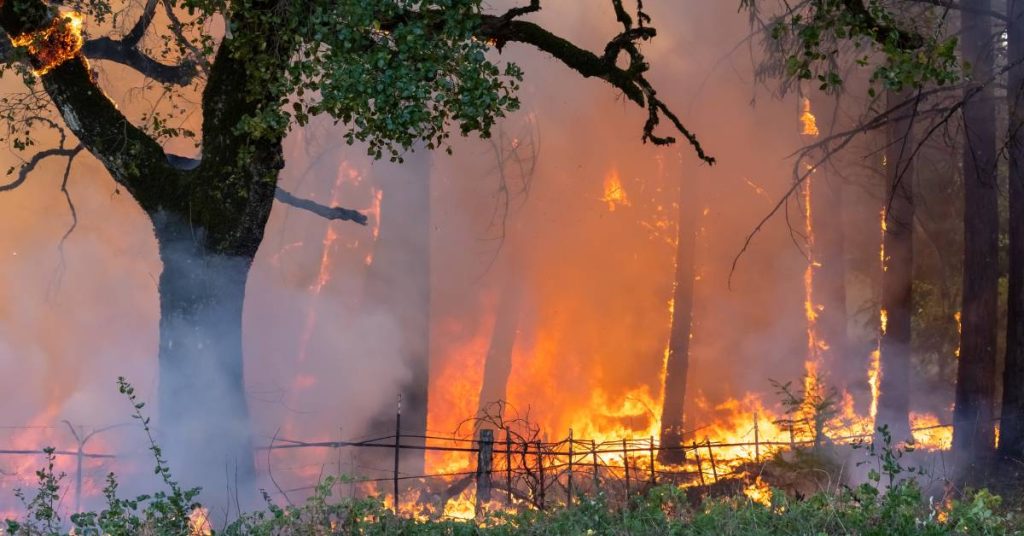
Wildfires bring forth a myriad of challenges, with smoke inhalation being a predominant concern. If someone inhales excessive smoke, move them to fresh air immediately, and encourage them to breathe slowly. Monitor for signs of respiratory distress, and seek emergency medical attention if breathing becomes labored.
Additionally, burns from wildfires range from first-degree to third-degree. Cool the burn with cool water to relieve pain, cover it with a sterile non-stick bandage, and avoid breaking any blisters. Severe burns require immediate medical intervention.
Handling Panic and Stress during Disasters
Disasters, by nature, are chaotic and distressing events that can result to panic and stress. Amidst the turmoil, it’s imperative to recognise the signs of shock in individuals, which might manifest as clammy skin, rapid breathing, nausea, or a dazed expression. Recognising these signs early can be crucial in providing timely care.
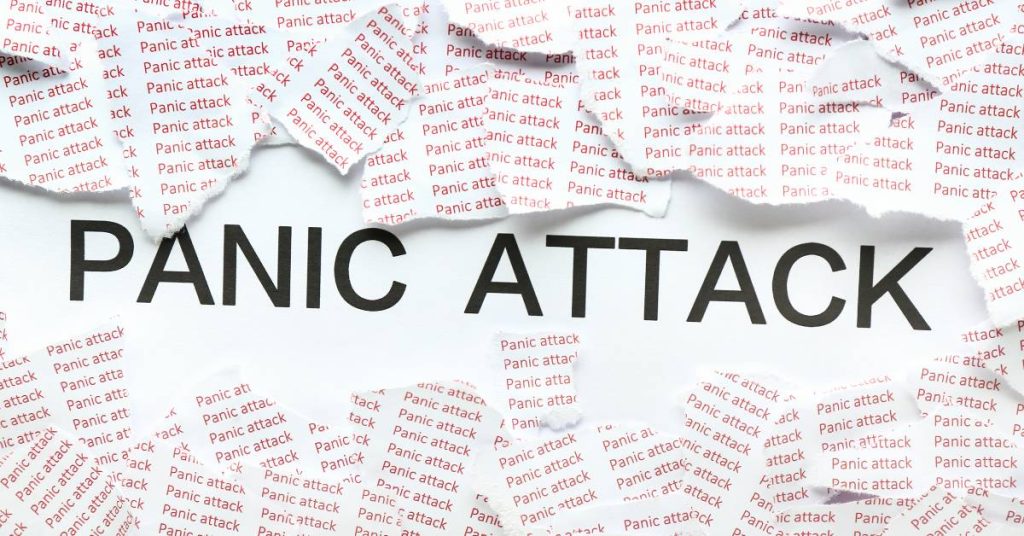
To calm someone experiencing such distress, maintain a soothing tone, establish eye contact, and engage in simple grounding techniques, such as deep breathing exercises or focusing on tactile sensations. The act of staying calm isn’t just beneficial for the distressed individual but is vital for the person administering first aid. A composed demeanor allows for clearer thinking, better decision-making, and a more effective response. In crisis, while it’s natural for emotions to surge, mastering them is pivotal in ensuring the best possible outcomes for everyone.
Importance of Continuous Learning and Training
In the realm of emergency response, stagnation can be perilous. The landscape of first aid, like many medical fields, is continually evolving with advancements in research, techniques, and technologies. Hence, the importance of continuous learning and training cannot be overstated.
Regular attendance in first aid courses ensures that individuals are equipped with the most up-to-date knowledge and skills, enabling them to respond effectively in emergency situations. Furthermore, as new techniques emerge and recommendations are refined, staying updated ensures that the care provided is both current and optimal.
Yet, theoretical knowledge alone is not enough. The real essence of mastering first aid lies in practice. Engaging in mock drills and simulated emergencies ingrains these skills, transforming theoretical knowledge into practical aptitude.
In the critical moments following an accident or disaster, it’s this practiced expertise, honed through continuous training, that can make a difference between life and death.
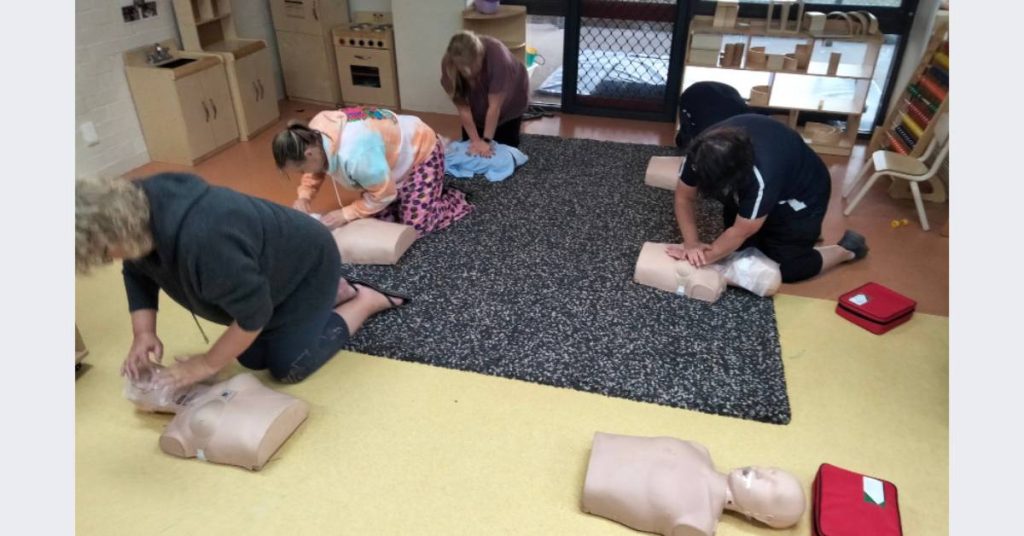
The importance of being prepared and knowledgeable about first aid in case of a natural disaster cannot be underestimated.
When a disaster strikes, quick decisions and decisive action frequently make all the difference in terms of saving lives and limiting damage. When professional help may be delayed or unavailable, our knowledge of first aid procedures enables us to provide vital medical care. It is our responsibility to make sure we are properly trained and equipped as natural disasters, such as hurricanes, earthquakes, wildfires, and floods, occur more frequently. Thus, I highly recommend that every reader think about signing up for a thorough first aid course that focuses on dealing with emergency situations.
The First Aid Nest run public and workplace first aid courses, Australia wide.
Our workplace first aid courses can be run at your site.
Our sophisticated system will take the headache out of renewal for you too. Lose your certificate? No problem, just log in and download your certificate again anytime. We will also send you reminders about when your certificate is about to expire!
Book your spot or workplace with us today, contact us with any questions, or head to our FAQ page
